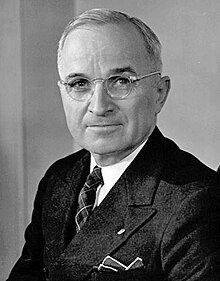
The 1954 United States Capitol shooting was an attack on March 1, 1954, by four Puerto Rican nationalists who sought to promote the cause of Puerto Rico's independence from US rule. They fired 30 rounds from semi-automatic pistols onto the legislative floor from the Ladies' Gallery of the House of Representatives chamber within the United States Capitol.

Nemesio Canales was a Puerto Rican essayist, journalist, novelist, playwright, politician and activist who defended women's civil rights. As a politician, he presented a bill to the Puerto Rico House of Representatives, which was defeated 23 votes to 7, giving women their full civil rights, including the right to vote.

The Nationalist Party of Puerto Rico is a Puerto Rican political party founded on September 17, 1922, in San Juan, Puerto Rico. Its primary goal is to work for Puerto Rico's independence. The Party's selection in 1930 of Pedro Albizu Campos as its president brought a radical change to the organization and its tactics.

Griselio Torresola Roura born in Jayuya, Puerto Rico, was one of two Puerto Rican nationalists from New York City who attempted to assassinate United States President Harry Truman on November 1, 1950. Torresola mortally wounded White House policeman Private Leslie Coffelt and wounded two other law enforcement officers. Torresola was killed by a return shot from Coffelt.
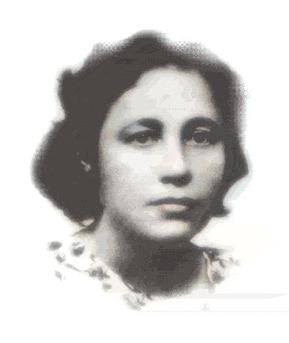
Blanca Canales was an educator and a Puerto Rican Nationalist. Canales joined the Puerto Rican Nationalist Party in 1931 and helped organize the Daughters of Freedom, the women's branch of the Puerto Rican Nationalist Party.

The Jayuya Uprising, also known as Jayuya Revolt or Cry of Jayuya, was a Nationalist insurrection that took place on October 30, 1950, in the town of Jayuya, Puerto Rico. The insurrection, led by Blanca Canales, was one of the multiple insurrections that occurred throughout Puerto Rico on that day against the Puerto Rican government supported by the United States. The insurrectionists were opposed to US sovereignty over Puerto Rico.
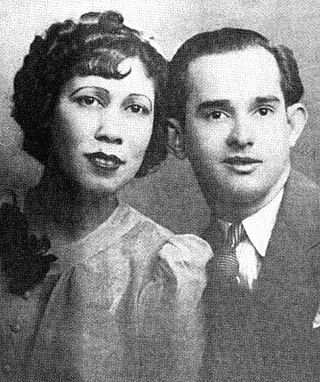
Oscar Collazo was one of two Puerto Rican militants of the Nationalist Party who on November 1, 1950, attempted to assassinate U.S. President Harry S. Truman in Washington, D.C. He had been living in New York City after growing up in Puerto Rico.

Leslie William Coffelt was an officer of the White House Police, a branch of the Secret Service, who was killed while successfully defending U.S. President Harry S. Truman against an attempted assassination on November 1, 1950, at Blair House, where the president was living during renovations at the White House.
Floyd Murray Boring was an American Secret Service agent (1943–1967) who served with five US Presidents. He was also present and took part in the gunfight that foiled an assassination attempt on Harry S. Truman.

Rosa Collazo a.k.a. Rosa Cortez-Collazo was a political activist and treasurer of the New York City branch of the Puerto Rican Nationalist Party. She was the wife of Oscar Collazo one of two Nationalists who attacked Blair House in 1950 in an attempt to kill President Harry Truman. She was accused by the FBI of assisting Nationalists Lolita Lebrón, Rafael Cancel Miranda, Irvin Flores and Andres Figueroa Cordero in their assault on the United States House of Representatives in 1954. She was charged on both occasions with seditious conspiracy for her complicity in a conspiracy to overthrow the United States Government and imprisoned because of her political beliefs.
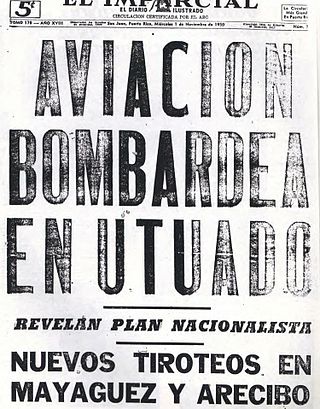
The Utuado uprising, also known as the Utuado revolt or El Grito de Utuado, refers to the revolt against the United States government in Puerto Rico which occurred on October 30, 1950, in the town of Utuado. There were simultaneous revolts in various other towns in Puerto Rico, including the capital of San Juan and the cities of Mayaguez and Arecibo, plus major confrontations in the city of Ponce and the towns of Peñuelas and Jayuya.

The San Juan Nationalist revolt was one of many uprisings against United States Government rule which occurred in Puerto Rico on October 30, 1950 during the Puerto Rican Nationalist Party revolts. Amongst the uprising's main objectives were an attack on La Fortaleza, and the U.S. Federal Court House Building in Old San Juan.

The Puerto Rican Nationalist Party insurgency was a series of coordinated insurrections for the secession of Puerto Rico led by the president of the Puerto Rican Nationalist Party, Don Pedro Albizu Campos, against the United States government's rule over the islands of Puerto Rico. The party repudiated the "Free Associated State" status that had been enacted in 1950 and which the Nationalists considered a continuation of colonialism.

The Río Grande de Jayuya is a river of Jayuya and Utuado, Puerto Rico. It is a tributary to the Río Grande de Arecibo river.

A referendum on a new constitution was held in Puerto Rico on 3 March 1952. It was approved by 81.9% of voters. This was considered by many U.S. and Puerto Rican politicians an affirmation of the new constitution of the island as an Estado Libre Associado, or Commonwealth, as proposed by legislation in 1950 by the United States Congress after negotiation with its political leaders. Puerto Rican nationalists question the meaning of the referendum, complaining that the only alternative offered was direct U.S. rule, and no choice of independence was offered. In 1980, the Supreme Court of the United States adjudicated that as a result of this referendum of 1952, the actual territorial status was not changed at all.
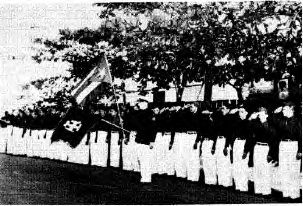
Cadets of the Republic, known in Spanish as Cadetes de la República, was the paramilitary wing of the Puerto Rican Nationalist Party in the twentieth century. The organization was also referred to as the Liberation Army of Puerto Rico(Ejército Libertador de Puerto Rico)

Tomás López de Victoria (1911–????) was a political activist and the Sub-Commander of the Cadets of the Republic. These cadets were the official youth organization within the Puerto Rican Nationalist Party. They were also known as the Ejército Libertador de Puerto Rico.

Vincent Peter Mroz was a United States Secret Service agent and a United States Marine Corps veteran who served during World War II. In 1948, he was assigned to the presidential protection detail during the Harry S. Truman administration. In November 1950, Mroz shot one of two Puerto Rican nationalists who intended to assassinate President Truman. The man was later tried and imprisoned. The event was described as "the biggest gunfight in Secret Service history." The other nationalist was killed by White House Police Officer Leslie Coffelt.

Law 53 of 1948 better known as the Gag Law, was an act enacted by the Puerto Rico legislature of 1948, with the purpose of suppressing the independence movement in Puerto Rico. The act made it a crime to own or display a Puerto Rican flag, to sing a patriotic tune, to speak or write of independence, or to meet with anyone or hold any assembly in favor of Puerto Rican independence. It was passed by a legislature that was overwhelmingly dominated by members of the Popular Democratic Party (PPD), which supported developing an alternative political status for the island. The bill was signed into law on June 10, 1948 by Jesús T. Piñero, the United States-appointed governor. Opponents tried but failed to have the law declared unconstitutional by the United States Supreme Court.

Blair House, also known as The President's Guest House, is an official residence in Washington, D.C., the capital of the United States. The President's Guest House has been called "the world's most exclusive hotel" because it is primarily used as a state guest house to host visiting dignitaries and other guests of the president. Parts of the historic complex have been used for an official residence since the 1940s.
